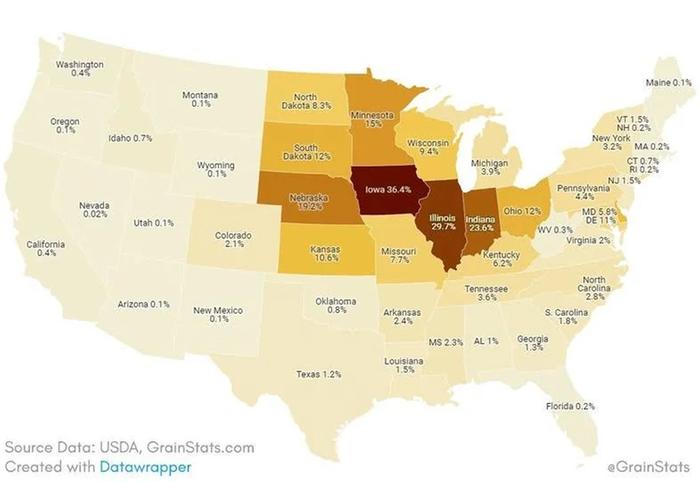
 14
14




![Filename: sck1g77wvhef1.jpeg
Description: [Thumbnail for sck1g77wvhef1.jpeg]](/t/266468/a/276975/sck1g77wvhef1.jpeg)
![Filename: trx7h50mhcff1.jpeg
Description: [Thumbnail for trx7h50mhcff1.jpeg]](/t/266468/a/276976/trx7h50mhcff1.jpeg)
I make a Maple Syrup instructional movie! Check it out HERE
SKIP books, get 'em while they're hot!!! Skills to Inherit Property
See me in a movie building a massive wood staircase:Low Tech Lab Movie

 7
7




 12
12




Christopher Weeks wrote:Great maps, Mike!
Visit Redhawk's soil series: https://permies.com/wiki/redhawk-soil
How permies.com works: https://permies.com/wiki/34193/permies-works-links-threads
 13
13




![Filename: 4ho3rs5s88hf1.jpg
Description: [Thumbnail for 4ho3rs5s88hf1.jpg]](/t/266468/a/278268/4ho3rs5s88hf1.jpg)
![Filename: m2x7zki6ydjf1.jpg
Description: [Thumbnail for m2x7zki6ydjf1.jpg]](/t/266468/a/278272/m2x7zki6ydjf1.jpg)
![Filename: q6s0cpzhpejf1.jpg
Description: [Thumbnail for q6s0cpzhpejf1.jpg]](/t/266468/a/278274/q6s0cpzhpejf1.jpg)
![Filename: quzh8lwhf1kf1.jpg
Description: [Thumbnail for quzh8lwhf1kf1.jpg]](/t/266468/a/278275/quzh8lwhf1kf1.jpg)

I make a Maple Syrup instructional movie! Check it out HERE
SKIP books, get 'em while they're hot!!! Skills to Inherit Property
See me in a movie building a massive wood staircase:Low Tech Lab Movie












 2
2




 4
4




I make a Maple Syrup instructional movie! Check it out HERE
SKIP books, get 'em while they're hot!!! Skills to Inherit Property
See me in a movie building a massive wood staircase:Low Tech Lab Movie












 4
4




 2
2




"The only thing...more expensive than education is ignorance."~Ben Franklin. "We can easily forgive a child who is afraid of the dark; the real tragedy of life is when men are afraid of the light." ~ Plato

 8
8




Christopher Weeks wrote:I learned sconnie from a friend who lives in Milwaukee. I never hear it over here, so I was assuming it was really a Chicago-Milwaukee thing, but I like finding occasions to whip it out.
Your uncle probably needed to fight off the local hodag with a security kangaroo.
Working toward a permaculture-strong retirement near sunny Sperling.












 4
4




 12
12




![Filename: 3ulcuwuhr41g1.jpg
Description: [Thumbnail for 3ulcuwuhr41g1.jpg]](/t/266468/a/279125/3ulcuwuhr41g1.jpg)
![Filename: ivircppv6zwf1.jpg
Description: Montana is closer to Texas than Montana [Thumbnail for ivircppv6zwf1.jpg]](/t/266468/a/279126/ivircppv6zwf1.jpg)
![Filename: iw7ewknq291g1.jpg
Description: [Thumbnail for iw7ewknq291g1.jpg]](/t/266468/a/279127/iw7ewknq291g1.jpg)
![Filename: pswwtsyp9pyf1.jpg
Description: [Thumbnail for pswwtsyp9pyf1.jpg]](/t/266468/a/279130/pswwtsyp9pyf1.jpg)
![Filename: uk2fnrifq81g1.jpg
Description: [Thumbnail for uk2fnrifq81g1.jpg]](/t/266468/a/279132/uk2fnrifq81g1.jpg)
![Filename: xvr9tf2uynyf1.jpg
Description: [Thumbnail for xvr9tf2uynyf1.jpg]](/t/266468/a/279133/xvr9tf2uynyf1.jpg)
I make a Maple Syrup instructional movie! Check it out HERE
SKIP books, get 'em while they're hot!!! Skills to Inherit Property
See me in a movie building a massive wood staircase:Low Tech Lab Movie

|
I didn't know this tiny ad could juggle
donating to the empire
https://permies.com/t/131224/donating-empire
|







